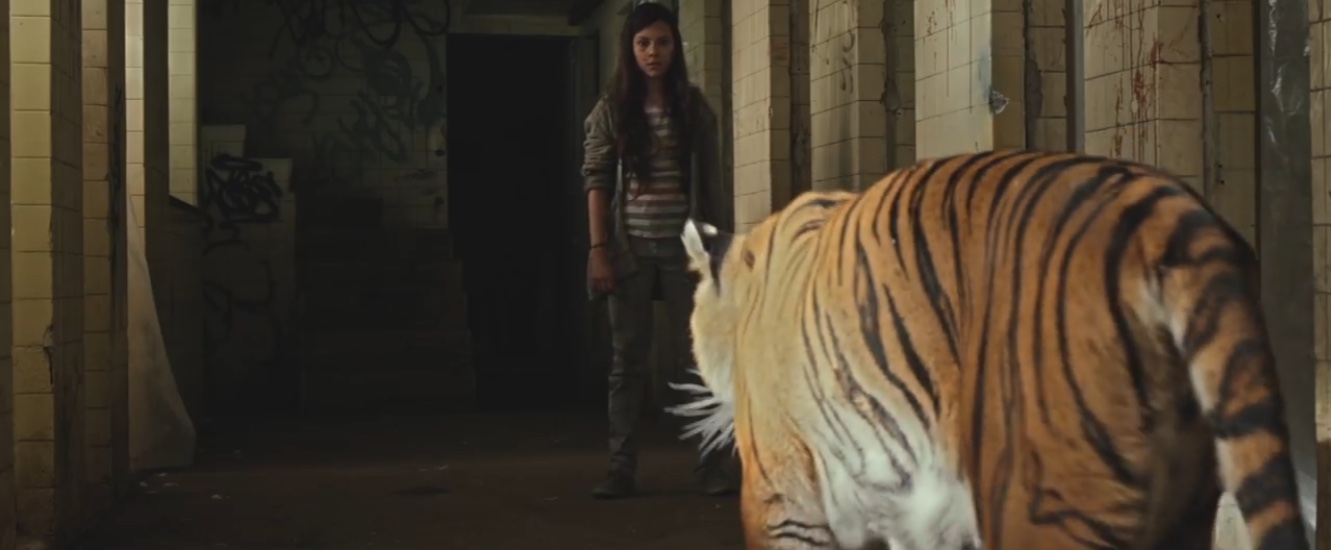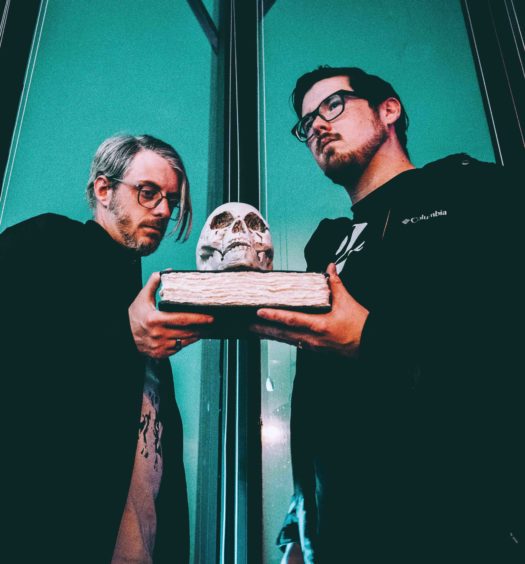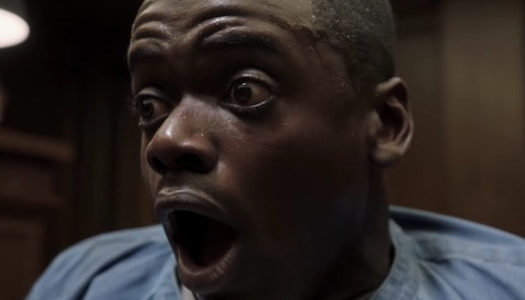On the eve of the release of Tigers Are Not Afraid on Blu-ray and DVD in the United States, Modern Horrors had the opportunity to chat with director Issa López about her experience making the film. Check out our discussion below, and look for the Blu-ray / DVD Steelbook release of the film Today!
Before we get started with the questions, I had something I wanted to share with you. I watch a lot of movies, both for the website and for my own interests. Over the years I’ve developed the opinion that there’s no such thing as an objectively “perfect” movie. But I’ll be damned if Tigers Are Not Afraid doesn’t rank among those that I consider close to it. I’d heard about the film for two years or so before I finally got the chance to see it on the big screen, thanks to the Alamo Drafthouse. I’m grateful to have seen it on the big screen, but even watching it at home for a second and third time, the movie still packs an emotional punch.
First of all, thank you so much. I think that the movie faced a lot of challenges – it was rejected by all of the festivals for a year, and it did very little at the Mexican box office because it opened against Coco. In spite of all of those things, it has reached this incredible, never-stopping life—and it’s because of people like you, who let its story in and sang its praises. [The film] is a very strange animal, so thank you.
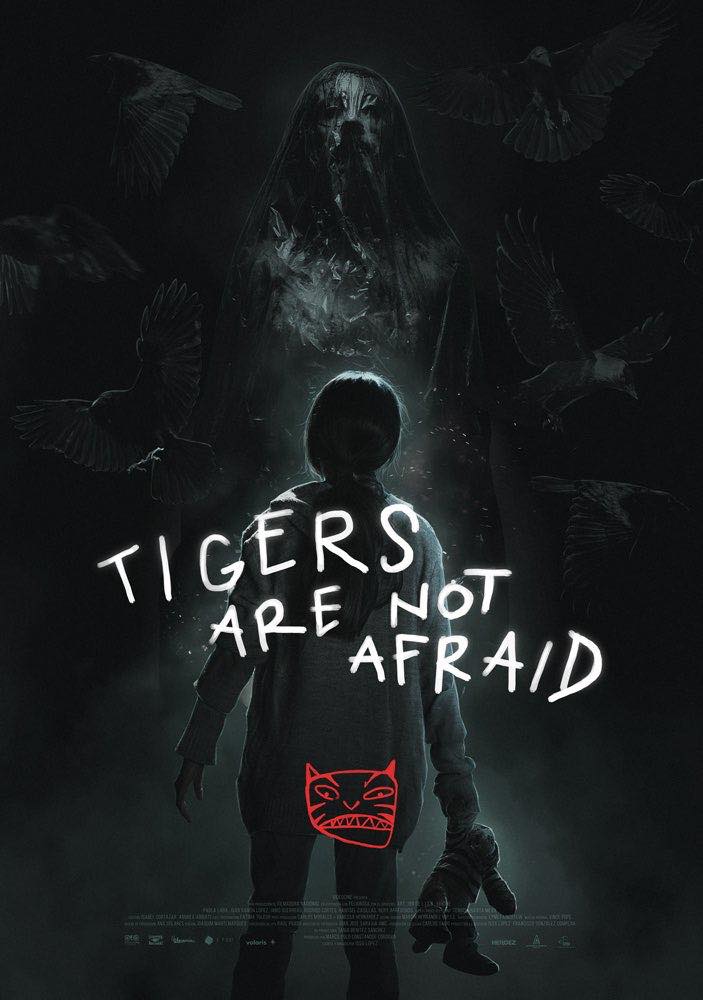
Even before the movie really gets started, just reading the introductory text against a black screen kind of hit me. I was a bit of a troubled teenager, and there was a period of about a month and a half where I left my life behind and went down to Mexico. The little town I stayed in, not too far south of the border, was beautiful and vibrant, and many of the people were welcoming. It’s someplace that I’ve always wanted to go back and visit, but over the last ten or so years, it’s pretty much become a ghost town after being in the center of cartel activity. I don’t have the same experience as someone who has lived there and been through this in their day-to-day life, but just from the little bit I did see and know this intro struck me. There were parts of the film that resonated with me because of that. I couldn’t help but wonder—was there was a specific town, or area, or time that you had in mind when you were writing the script?
That’s a very important question. I will say that the experience that you had, of discovering that Mexico that is for the time being just gone, it is a huge privilege that not everyone can boast. When I started to work on the story, even before writing the script, I had this idea dancing around in my head. The first time I heard about these children that are left on the streets, who had been forgotten about in the midst of this violence, was in 2010, I believe. It was a specific reference to Ciudad Juárez, which at that point was experiencing the height of the violence. As the years went by with the development of the idea and the movie, the violence extended to many different cities. One of the first cities that I knew that was becoming a ghost town was Matamoros, and then Piedras Negras also happened. A bunch of cities along the northern border of Mexico were affected.
By the time we got to the set, it was no longer just the border. This was happening in towns all over the country, and even on the edges of Mexico City. So me and the producers made a decision about not putting it in any specific city. It’s a Mexican city, and it could be any of them. I’ll go beyond that—it could be any place in Latin America. And it could be any place in Syria. At this point, it could be any place north of the border. Terrible things are going on, and children are being separated from their parents on U.S. soil, and left to their own devices.
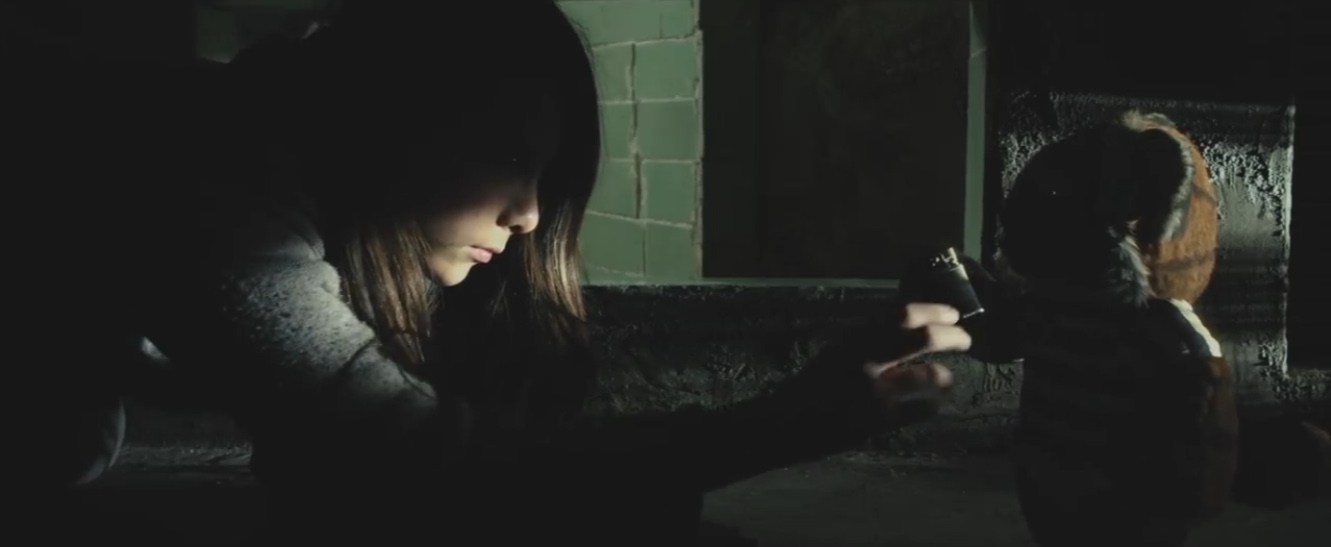
“The performances from the children in the movie are incredible”
That moves into another thought that I had, so I’m going to skip forward on my list of questions. There’s this idea that working with children can be difficult. The performances from the children in the movie are incredible, and they’re working with some challenging material. Last night I watched the behind the scenes features from the Blu-ray, and it showed a sense of camaraderie and a strong relationship that you and Fatima [Toledo] developed with these young actors. What was that experience like?
You’re not wrong for a second in saying that it can be difficult working with children. On the one side, everything that I knew about directing actors, I could throw out the window. It just didn’t apply anymore. I knew that from the moment I started writing the story. From the beginning, I knew that I would need to find these kids. I would need to get them to that emotional place, that place of truth. The one reference that kept coming back to me was City of God. One person that helped with the casting process and helped with the children’s performances in City of God was Fatima Toledo. She’s Brazilian. So we recruited her. She’s pretty busy, and it seemed like a long shot. When she read the script, she completely loved it and came to work with us for a couple of weeks. She was there for the last week of the selection process. I have to say that part of a healthy relationship is agreeing on the voice, but Paola [Lara] was not Fatima’s first choice for Estrella. I just had this very strong feeling about her, and Fatima respected my decision. That’s one of the tough things about directing a movie—knowing when to listen, and knowing when to go with your instinct. It’s scary, and it’s a risk, but I decided to go with Paola, and I think it worked.
Working together was amazing. Fatima’s method involves stripping away a lot of the thought process and the reasoning behind the story, and getting down to the raw emotions, which really works with children. For the second week, she basically cleaned the children of their preconceptions about acting. Then it was my turn to find the tools to keep the children getting to those emotional places throughout the six weeks that we were working together. It’s a surprise how children will respond to a certain stimulus one day perfectly and it’s beautiful, but the next day the same cue doesn’t work and they’re done with that. It’s not going to do the trick, and you have to figure out something else. What I created with the kids was a partnership, and they were invested in making this movie with me. When they couldn’t reach the emotional place they would come to me, like very mature people, and say, “Hey, that didn’t work. Let’s thing of something else to get me there.” It was amazing, and they became incredible professionals. At one point we had a kid doing a small part. He got tired of the set; my youngest actor, who plays Morro [Nery Arredondo] in the movie, turned to me and said, “He’s fired.” They were amazing. They were darlings, and we still see each other. They are all so busy now. It was one of the most rewarding experiences I’ve ever had working with actors.
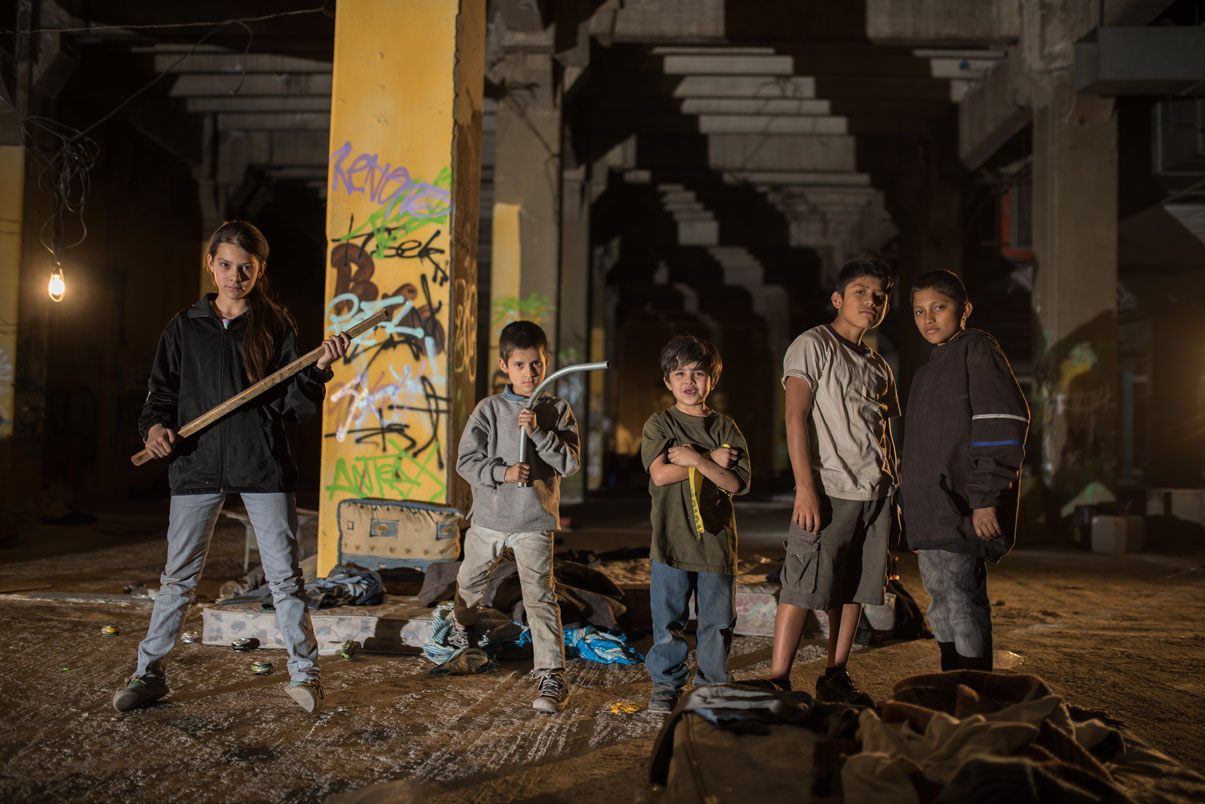
“one of the most rewarding experiences I’ve ever had working with actors”
I know we’re coming to the end of our time, so I’ll wrap up with one last question. There seems to be such a great attention to detail in the scene, the setting, and the structure to this movie. There are things that dawned on me when I watched the film again this week that I hadn’t realized during my previous viewings. Was that level of detail and the symmetry to the story always present in the script, or did that come through subsequent drafts and revisions?
I think it was a little bit of both. I’m a firm believer in the idea that you should get as much on the page as possible. You want to capture the details, the inventiveness, and the quirkiness of the story. But that doesn’t mean that you’re done there. There’s a certain type of filmmaker, and I respect this enormously, that has a crystal clear image of every shot inside their head. But I am not that person. Of course I have an image, and there’s a lot of prep work—but on the day that you’re on set with your actors, things happen. You have to let them happen and then flow with them. Once again, it’s about knowing when to listen and when to go with your own gut instinct. That’s the trick! You have to surround yourself with incredibly talented people. My DP is amazing, and he completely got what I was going for. My production designer, she’s incredible. But on the day, as we were setting the scene, magic would happen! My suggestion is to let go, to flow with it, and to take what the universe throws at you.
Thank you for taking the time to speak with us today. I’m sure I could ask you a hundred more questions, given the chance.

